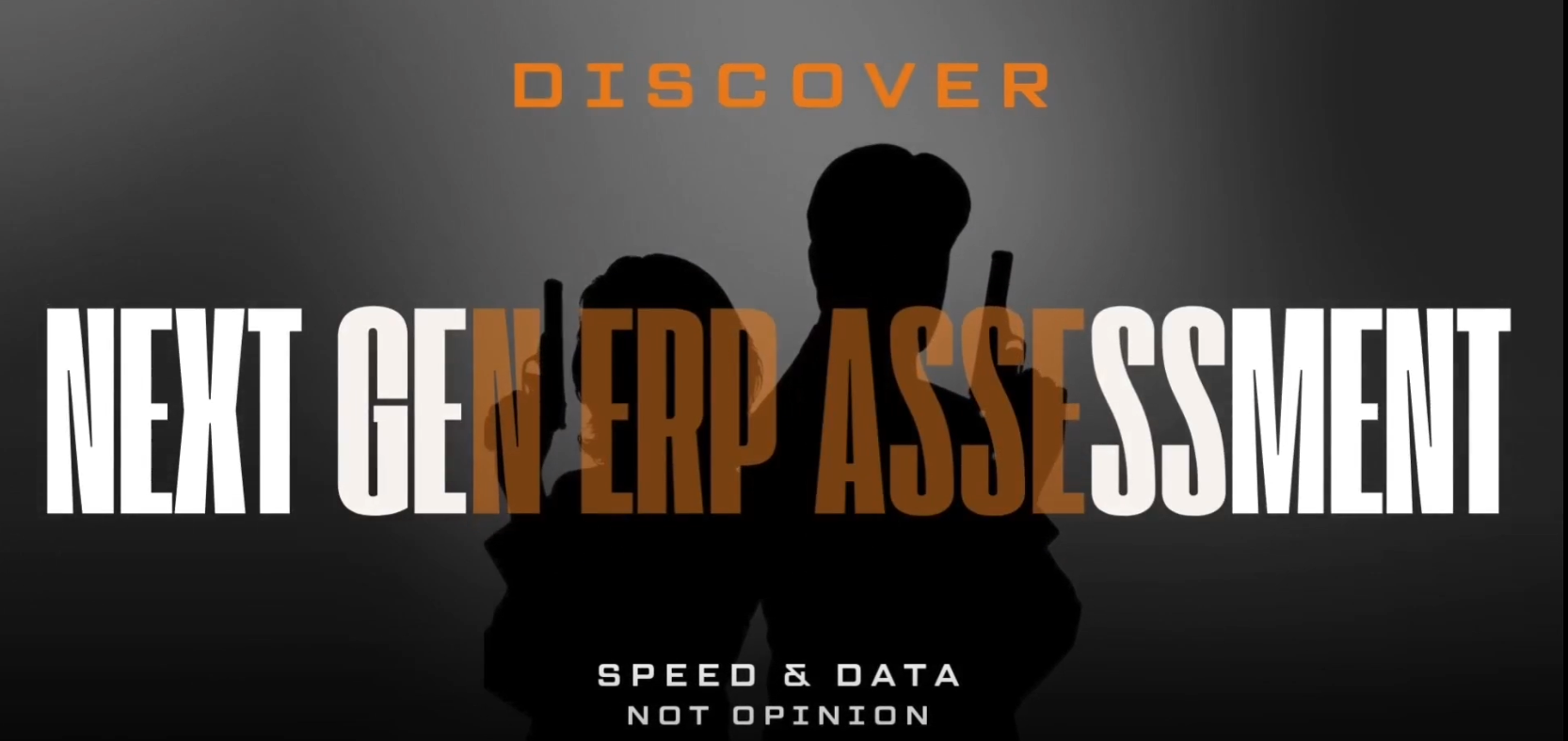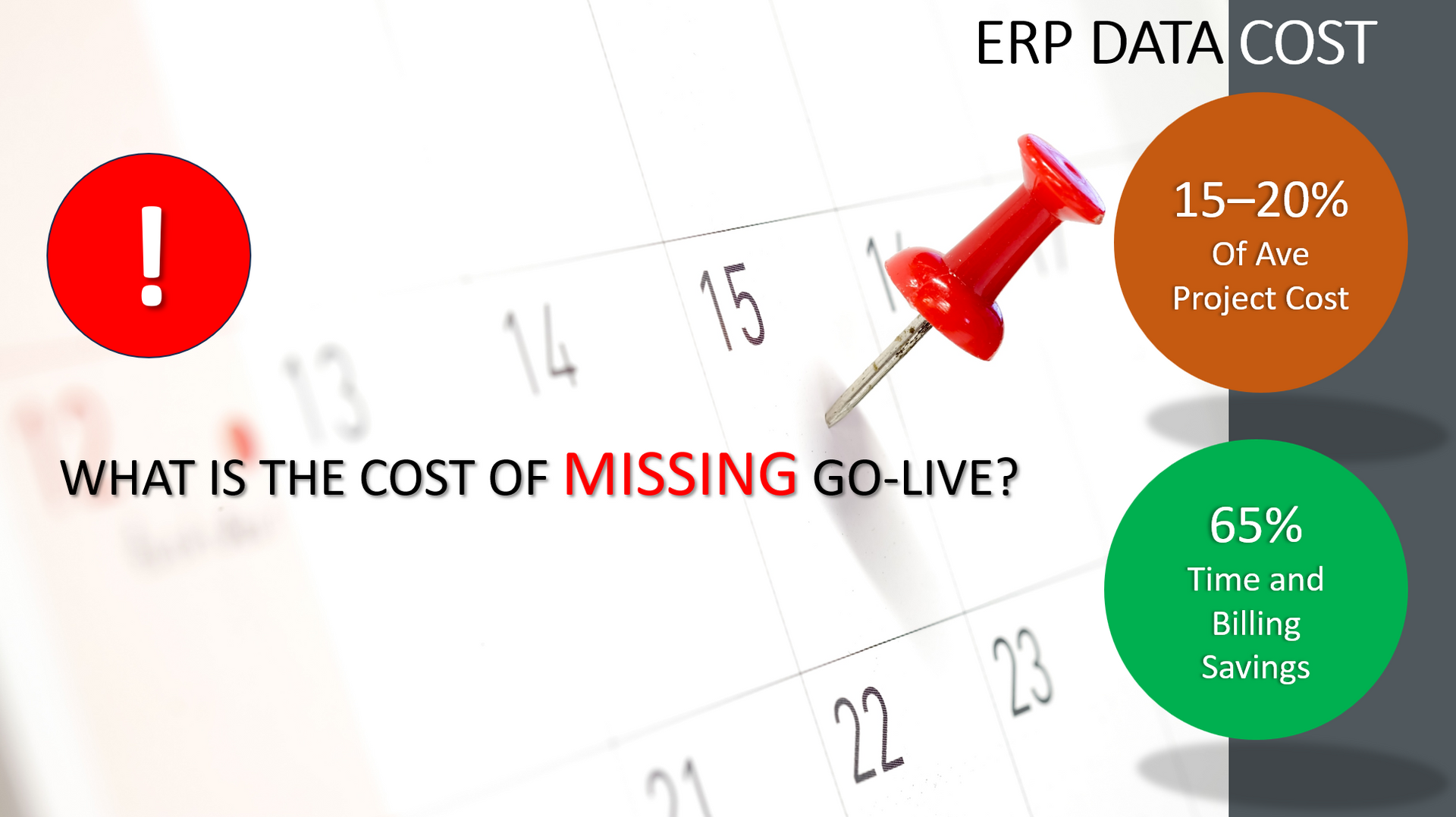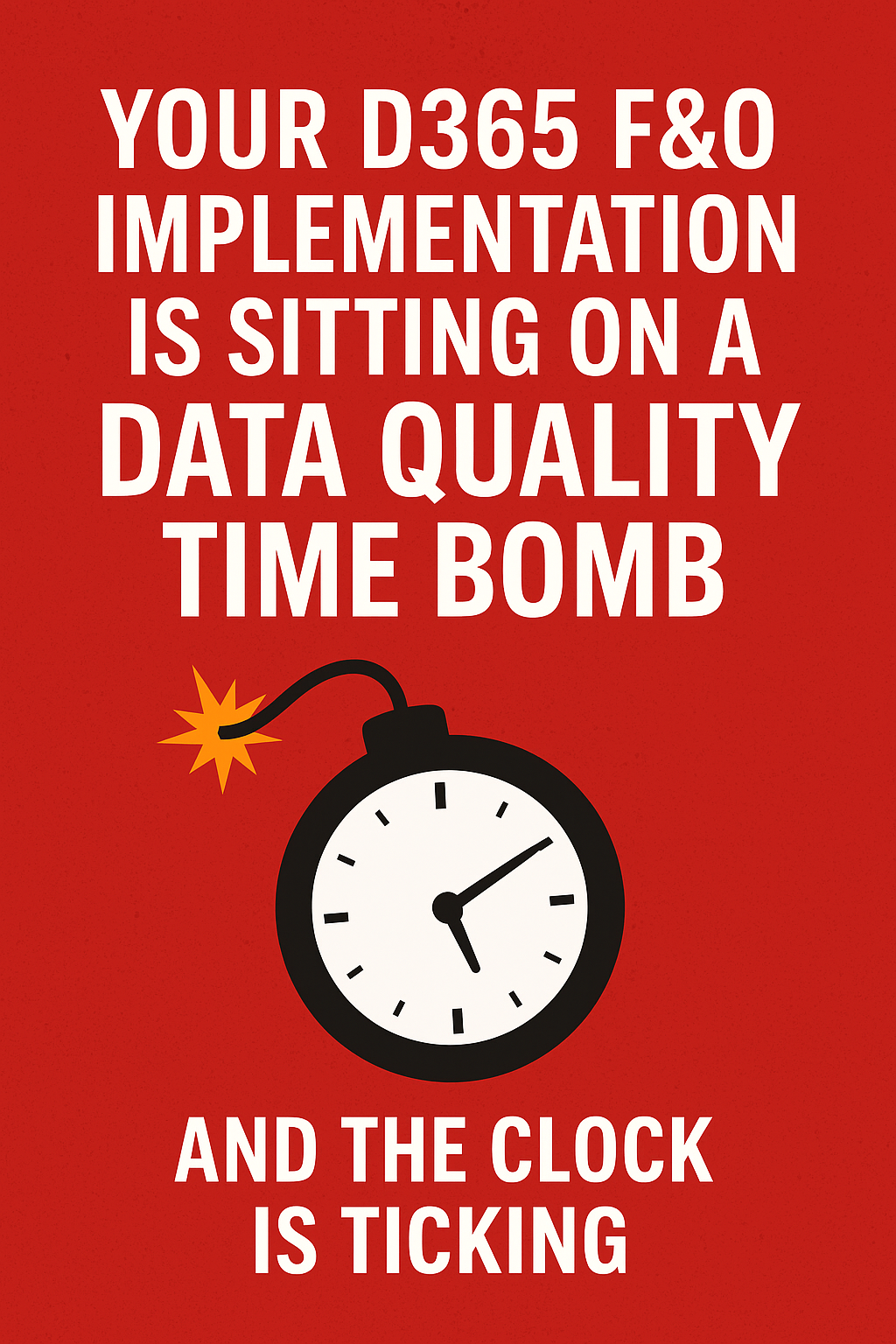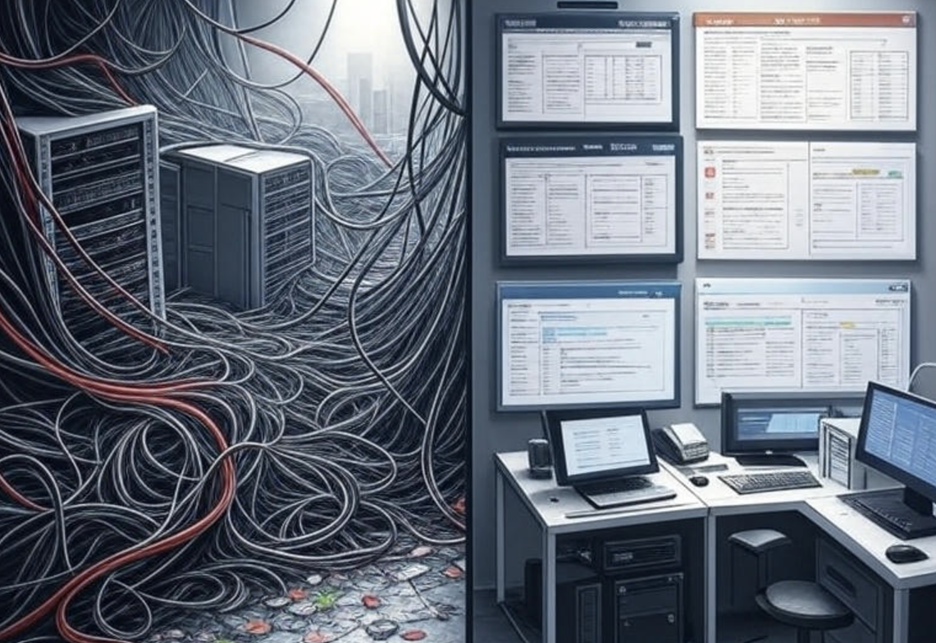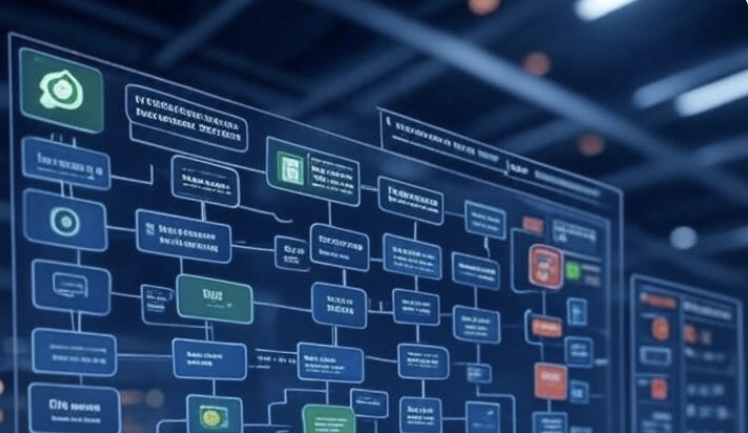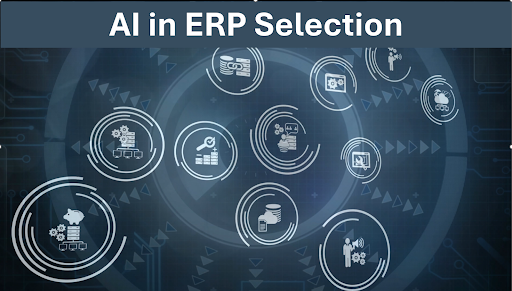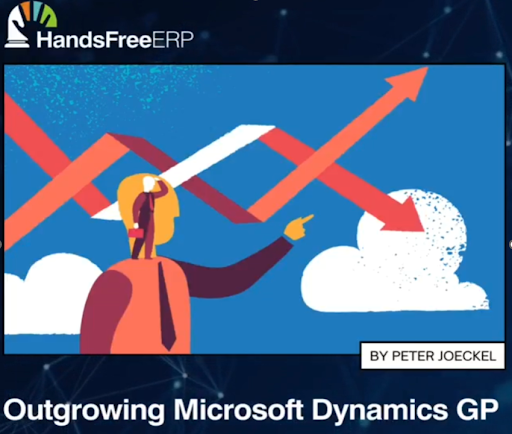If Cars Worked Like ERP Systems

Re-Imagine ERP Capabilities in 2021!
Is anyone else fascinated with the one minor problem that allERP systems have?
The problem is that they all fail. Yes, all. They fail spectacularly and bring down entire companies and careers, or they fail incrementally by slowly sucking time, money, and the will to live out of organizations, but they all fail.
If we define a successful ERP implementation as being delivered:
- On-time
- On budget
- With promised functionality
Based on that completely reasonable set of requirements, allERP systems fail.
Amazingly, companies keep buying new ERP systems.
That got me to thinking; let’s assume for a moment that cars, and by extensions new car sales, worked like ERP system sales and implementations.
Scenario 1
After plunking down a sum of money equal to or greater than the GDP of several small countries on that brand new ride that you have been eyeing and saving up for, you finish the paperwork and drive off the lot intoxicated by that rich Corinthian leather aroma (fresh car smell for people not as old as I am). As you jubilantly accelerate down the street, the wheels fall off. The engine starts smoking, and you manage to get out just before it blows up in a huge fireball. Returning to the dealership with singed eyebrows and a slight limp, you are informed that“that particular minor issue” is not covered in your contract.
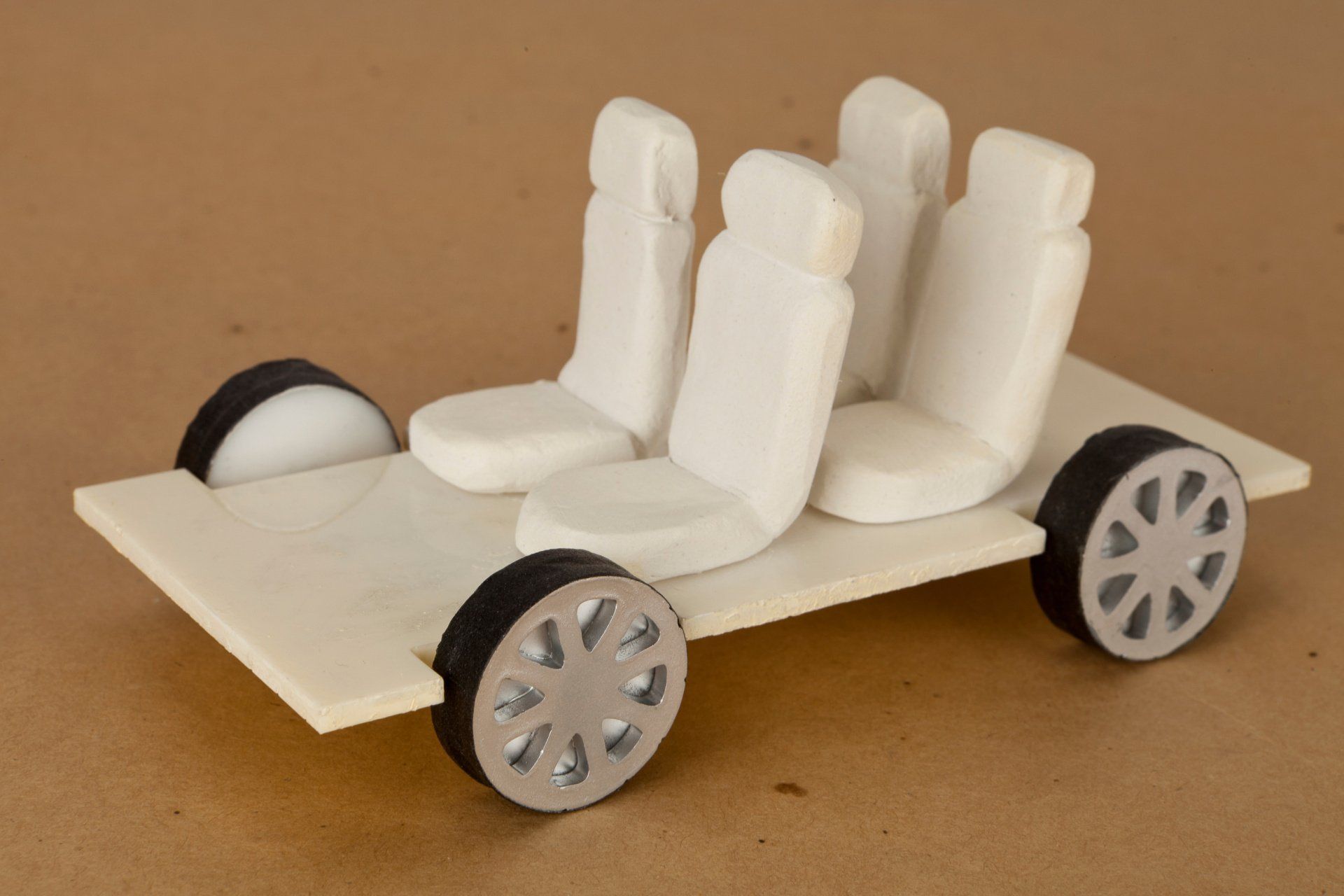
Scenario 2
Same as above regarding forking over loads of cash, but as you drive off the lot, you notice that you have no doors, no hood, no stereo, and no AC. The result is the same as above, but the dealer blames their outsourced service department that just went out of business for failing to install those correctly. When reached via a phone call to an overseas location, the new outsourced service department only has those parts working for last year’s model, but an upgrade is expected any day. For an additional fee, of course.
Scenario 3
After again plunking down an arm and a leg, you are told to walk home and check back frequently if your car is ready. After months of calls, you buy a bike. A bike bike…not a motorcycle. You are broke.Would anyone buys cars under this sales and delivery model? How do we continue to get away with it in the ERP software industry?
HandsFree ERP is dedicated to supporting clients with their ERP initiatives, enabling companies to seamlessly connect users with their ERP partners. By utilizing skilled professionals, streamlined processes, and cutting-edge tools, HandsFree ERP significantly boosts the success rates of ERP projects.



